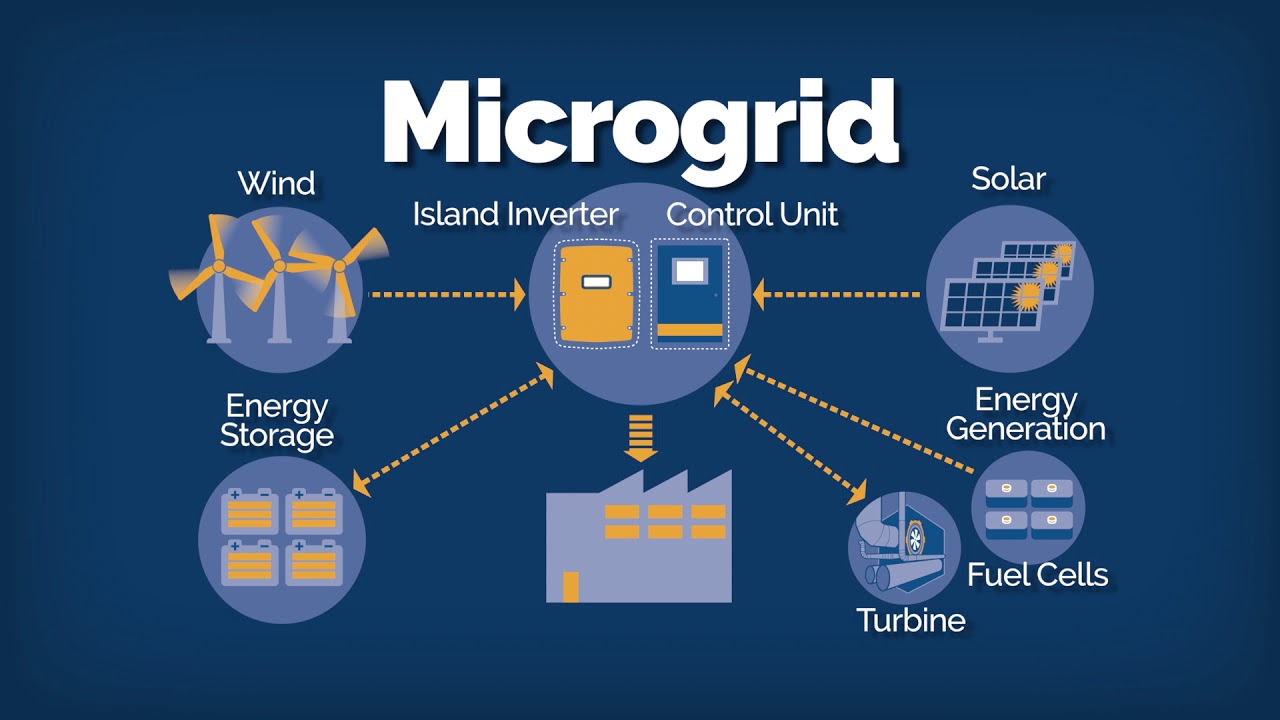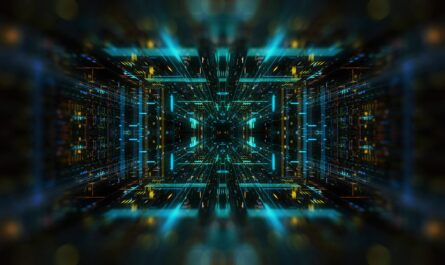Researchers from Sandia National Laboratories and New Mexico State University are working on developing algorithms that will enable self-healing electrical grids. This concept may seem like something out of a science fiction tale, but the potential benefits are undeniable. A self-healing grid would be able to adapt and recover from damage, ensuring uninterrupted power supply even in the face of natural disasters or deliberate attacks.
Rather than using tiny robots or advanced technology, the researchers are focusing on creating a library of cutting-edge algorithms. By coding these algorithms into grid relays, the system can quickly restore power to critical infrastructure such as hospitals, grocery stores, and homes. This allows the grid operators to prioritize repairs and provide instructions.
The ultimate goal of the project is to develop systems that can self-heal and form ad hoc configurations in emergency situations. After the grid is damaged or compromised, the system will automatically determine the most efficient way to supply power to as many customers as possible. This is what is meant by ‘self-healing’. The unique aspect of this approach is that it relies solely on local measurements, eliminating the need for expensive fiber optics or human controllers.
In the future, the electrical grid is expected to rely more heavily on renewable energy sources such as rooftop solar panels and wind turbines, as well as local energy storage systems. These systems will have the ability to form microgrids, which are small power networks that can operate independently even when the main grid is down.
The project by Sandia and New Mexico State University aims to enable these microgrids to automatically heal themselves when damaged and connect with each other to share power and serve as many customers as possible.
While microgrids can enhance the resiliency of the grid, they need to be able to perform critical functions automatically, such as balancing energy production and consumption, as well as reconfiguring themselves in case of damage. This self-healing capability must also prevent the formation of unintentional loops in the circuit.
Currently, to achieve all of this in microgrids using power inverters, expensive high-speed communication systems must be installed. However, these systems can be unreliable during disasters and are vulnerable to cyberattacks.
The objective of this project is to develop a self-healing capability using only the measurements that each individual device can make. This approach reduces costs and increases reliability, making it an ideal solution for future microgrids
*Note:
1. Source: Coherent Market Insights, Public sources, Desk research
2. We have leveraged AI tools to mine information and compile it



